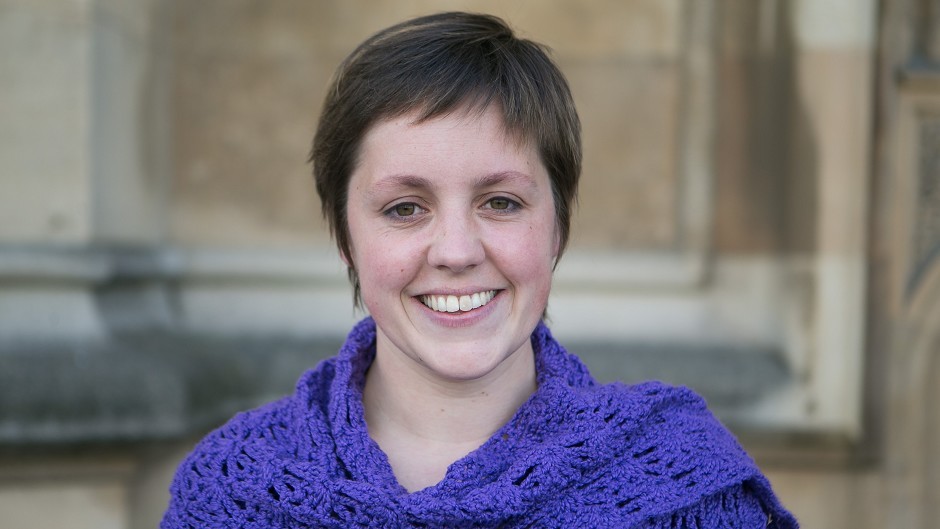The divisions in the Labour party are rarely out of the news at the moment. The Oldham by-election showed though, that Jeremy Corbyn is far from unelectable.
Members of the Labour party are clearly taken by their new leader’s policies, if not necessarily his approach. Jeremy Corbyn seems to have captured the imagination, inspiring a new look at politics in England and Wales.
In Scotland, we have already seen a bit of a sea change in the electorate. The referendum inspired folk to think beyond the current system we have and to see that it’s possible for the system to be changed, not just the politicians working within it.
I took part in a discussion recently about the opposition parties in Westminster. The event was supposed to focus on how to be a cohesive opposition, but I’m afraid I didn’t have much positive experience to call on. Unfortunately, there seem to be a fair few problems with the opposition working together at Westminster. The current split in the Labour party doesn’t help, but the biggest issue is far more deep seated than that.
The biggest barrier is that of unionism versus nationalism. The SNP are united in our desire for Scotland to be independent. We are supported by the Green Party and Plaid and 45% of the voting public in Scotland. The Conservative, Labour and Liberal Democrat parties are united in their desire for Scotland to remain part of the United Kingdom. It’s almost impossible to overstate how big a barrier this is to a good working relationship.
The SNP does not take places in the House of Lords as we believe that an unelected chamber should have no part in the legislative process in a democratic country. As a result, the House of Lords contains almost entirely unionist politicians. I was in the Lords watching proceedings on the Scotland Bill recently and, although they had a wide ranging discussion with many points of view shown, they were united in their desire to preserve the union and, as a result, to attack the Scottish National Party.
One of the big barriers to the parties in the House of Commons forming a cohesive opposition that speaks with one voice is the fact that in the Scottish Parliament, the SNP is in Government and the Labour Party is the main opposition party. Especially just now, decisions in the House of Commons amongst the opposition are being taken with one eye on the Scottish elections in 2016. There’s not really a way to get past this.
Although the SNP and Labour party members are building relationships down here to a certain extent, it’s difficult for us to be too friendly. 40 Labour party MPs lost their seats in the general election in 2015 to the SNP, so many people are feeling relatively sore, still, that their friends and colleagues have been unseated.
As a result of this tense relationship between the opposition parties, we find ourselves in opposition to each other, not just in opposition to the Government. Sometimes we can find common ground and vote together, but not all that often. Both parties are vying for attention and electoral success, particularly in a Scottish context so it suits both our aims to be at the forefront of press and public attention when we are opposing the Government. Both parties are trying to differentiate themselves from the Tories, but also to differentiate themselves from each other.
